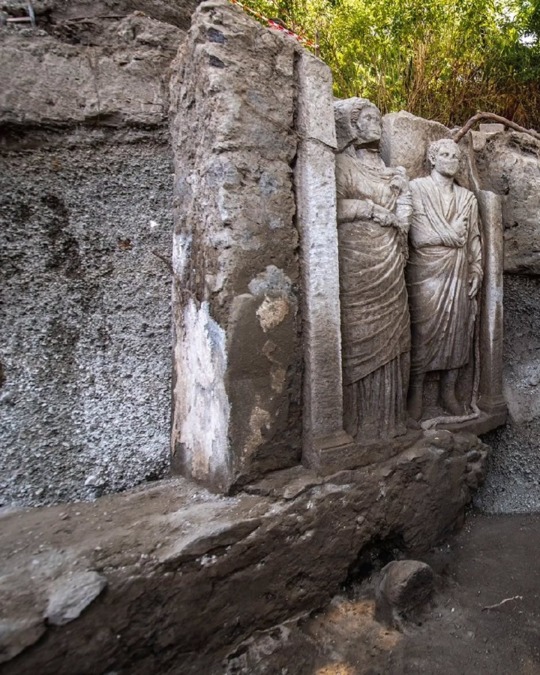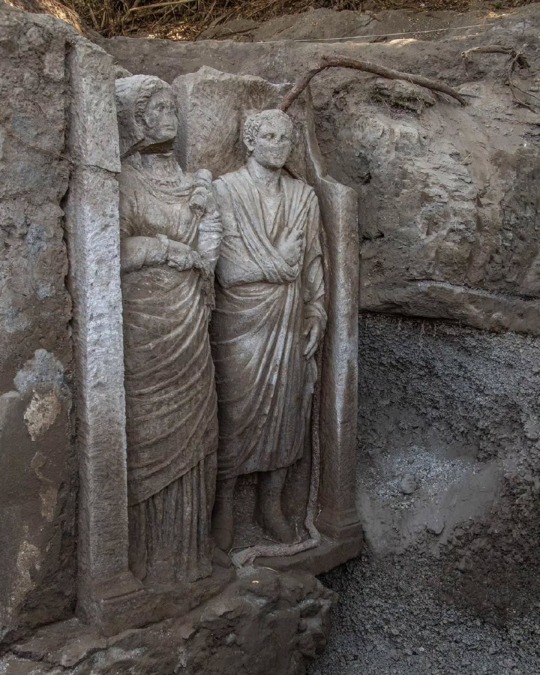Don't wanna be here? Send us removal request.
Text

The famous photo of Albert Einstein sticking out his tongue has its own story.
Here it is:
We are in March 1951, Einstein's 14th birthday, and he was at the Institute for Advanced Study in Princeton (USA) at a celebratory party with his friends and colleagues. Outside, reporters were gathering on the street to take his picture, something the scientist wasn't too keen on.
Tired, Einstein left the party, wanting to go home. He got into the limousine accompanied by the former director of the institute, Frank Aydelotte, and his wife. The photographers, persistent as they were, didn't give up, asking him for a smile. That's when Einstein stuck out his tongue, immortalizing the snapshot for posterity.At first, the media didn't know whether to publish it or not. Considering that Einstein was a world celebrity, they weren't quite sure how the scientist would take it.
Apparently not too bad since it is his most famous photograph, who hasn't seen it at some point?
20 notes
·
View notes
Text




In the Porta Sarno necropolis, east of ancient Pompeii, a large funerary relief has been discovered with figures of a man and a woman sculpted almost life-size. It is believed they may have been married, as the monument lacks inscriptions, making it difficult to determine the relationship between the two.
Based on its stylistic characteristics, it has been dated between the 2nd century BC and 27 BC.
As details, the woman wears a tunic and cloak, appears veiled, and wears a lunula or moon-shaped pendant, as well as earrings, rings, and a bracelet. In her hand, she holds a bunch of bay leaves associated with purification rituals in Roman cults. The woman may be a priestess of the cult of Ceres, the Roman goddess of agriculture, harvests, and fertility.
The more sober male representation wears a toga.
Information.
Pompeii Parco Archeologico
(Photos©️Alfio Giannotti)
43 notes
·
View notes
Text




Spring Japan
52 notes
·
View notes
Text






Lindos, Rodas
#photography#art#culture#ancient buildings#naturephotography#museum#landscapephotography#ancient cultures
392 notes
·
View notes
Text

Petra, Jordania
445 notes
·
View notes
Text
Conques, Francia
865 notes
·
View notes
Text

Roma
258 notes
·
View notes
Text

Teatro Marcelo, Roma
313 notes
·
View notes
Text

Córdoba, España
67 notes
·
View notes
Text

Praga
124 notes
·
View notes
Text

La Alhambra, Granada, España
80 notes
·
View notes
Text

Mont Saint Michele
59 notes
·
View notes
Text

Granada, España
158 notes
·
View notes


